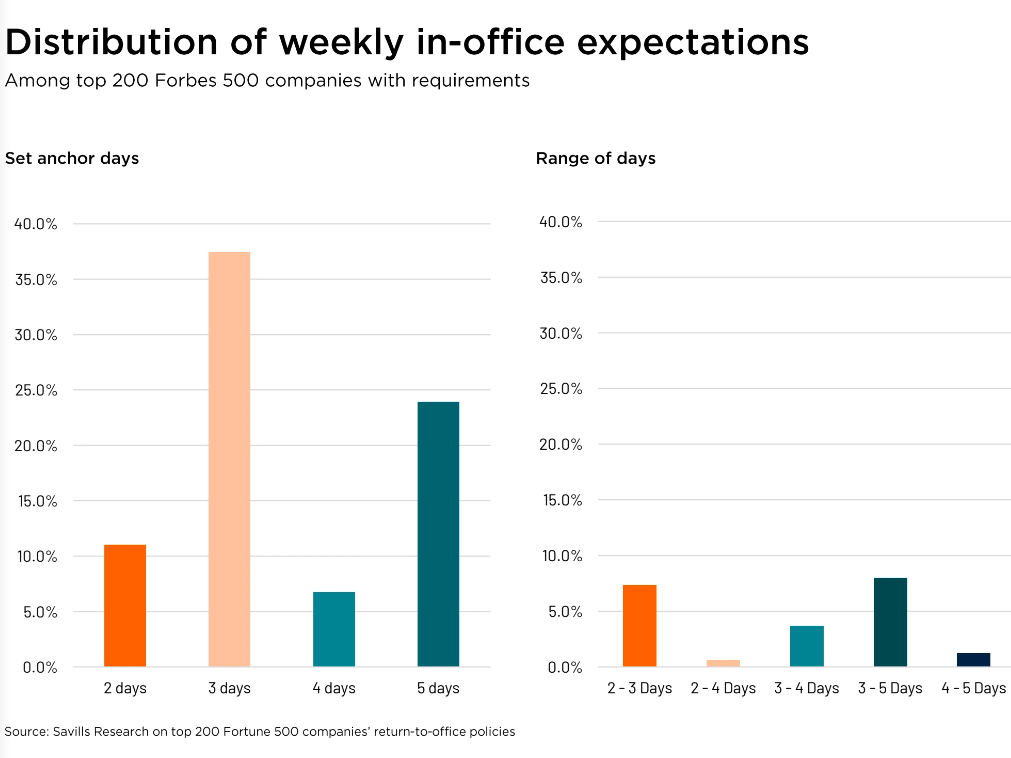Don’t Expect REIT Mergers to Mimic Regency-Equity One
By Steven Marks, Head of U.S. REITs, Fitch Ratings: A closer look at the largest U.S. REIT-to-REIT transaction in recent memory reveals a rather unusual set of circumstances that precipitated it.
By Steven Marks, Head of U.S. REITs, Fitch Ratings
 Regency Centers’ merger with Equity One, announced late last year, didn’t follow the typical REIT-to-REIT combination script, nor is it likely to reignite a public company merger trend.
Regency Centers’ merger with Equity One, announced late last year, didn’t follow the typical REIT-to-REIT combination script, nor is it likely to reignite a public company merger trend.
Regency’s agreement to acquire Equity One for nearly $6 billion total in enterprise value makes it the largest U.S. REIT-to-REIT transaction in recent memory. The acquisition capped a rather rampant year of M&A activity among US corporate industrials in 2016. Announced or closed US REIT-to-REIT mergers alone totaled $17 billion in 2016. A closer look at the Regency acquisition, however, reveals a rather unusual set of circumstances that precipitated it.
In typical REIT-REIT mergers, the non-surviving target company is in the midst of a management or strategy transition, and is vulnerable to takeover. These circumstances usually include a combination of: poor property-level fundamentals compared to peers; above-average speculative development exposure; an overleveraged balance sheet; no clear growth strategy or management succession plan; activist shareholders pressuring management for change; and, ultimately, a weak stock price multiple compared to the acquiring surviving entity. The transaction is nearly always on friendly terms, with the boards of both companies voting in favor of the merger, as the target acknowledges that its ability to persevere as a standalone publicly traded entity is impaired.
None of these conditions were present in this transaction, other than only a small relative valuation gap between Regency and Equity One, and both boards voted in favor of the transaction. Two years ago, Equity One put in place a well-respected and relatively young management team that improved portfolio quality by enhancing the company’s operational and geographic focus and maintaining an opportunistic redevelopment portfolio. The company grew funds from operations per share and same-store NOI while reducing leverage, and it had positioned itself to be a sector consolidator as opposed to a merger target. Chaim Katzman, Equity One’s chairman, had deemed control over entities that beneficially owned approximately 34 percent of the company. Thus it was likely his decision to enter into the merger and negotiate any social considerations such as senior management, board composition and company headquarters. Katzman will serve as non-executive vice chairman of the combined company.
Fitch still believes that public REIT M&A transactions will continue to be a rarity, spurred by unique circumstances and typically on friendly terms. Disagreements over so-called social issues usually thwart most transactions, and synergy savings typically aren’t enough to catalyze a transaction. Deals are achievable but episodic, and the industry’s consolidation and maturation will likely differ from most other corporate sectors.







You must be logged in to post a comment.